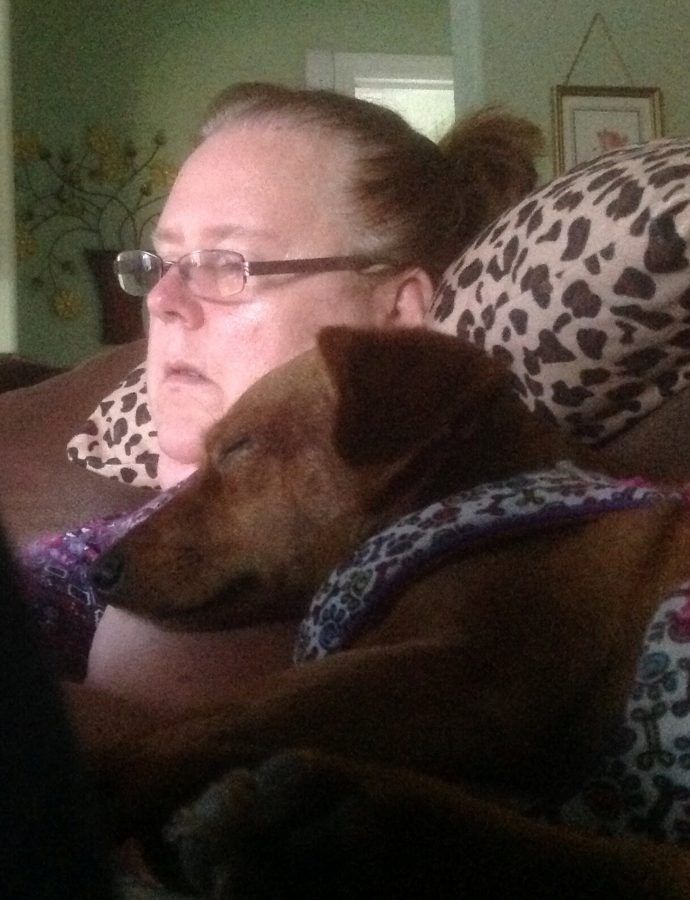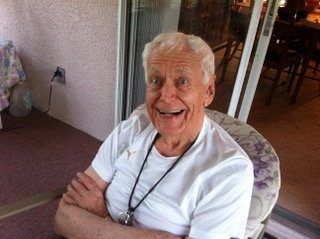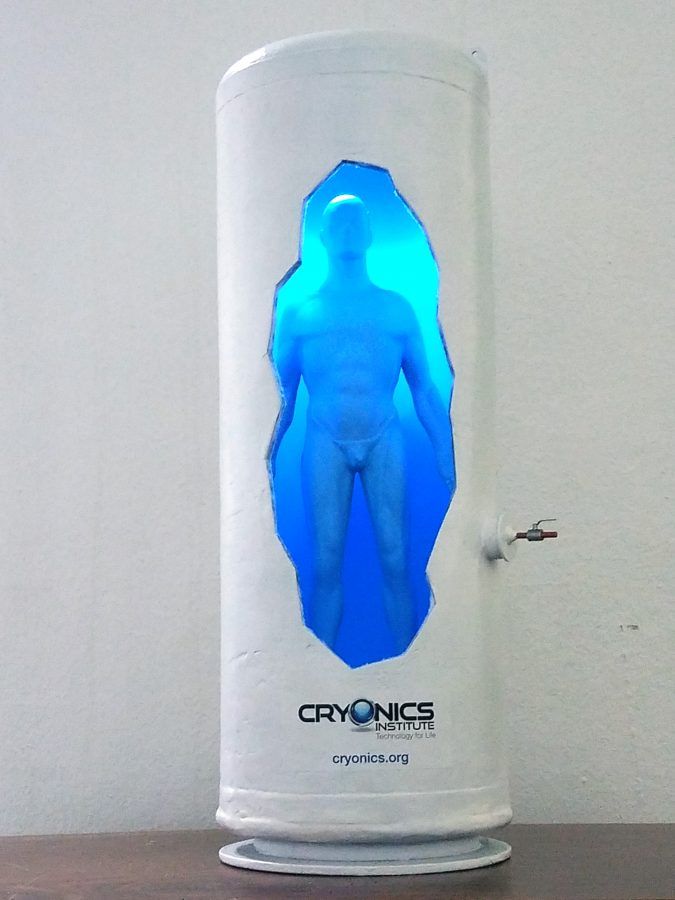A woman whose dad was cryogenically frozen after death has decided to join him – with her DOG.
Debbie Fleming, 55, is planning to have her Corgi Sherry frozen – so they might all be “reunited” after death.
Debbie’s earliest memories of her father John Bull involve him talking about cryonics.

It is process of scientifically freezing corpses so that in the future they might be revived or ‘reanimated,’ just like in the sci-fi films.
Since John’s death in 2013 he has been stored, upside down in a huge tank, cooled with liquid nitrogen at a temperature of -321 degrees Fahrenheit (-196 degrees Celsius).
The cost of ‘suspended animation’ for John and Debbie runs at about $28,000 USD each, and if cute corgi mix Sherry is to join them it’ll cost around $6,000.
“I get mad when people say that it’s never going to work, you can’t be closed minded about everything, 200 years ago heart transplants weren’t possible, nor was cloning a sheep,” said Debbie, a systems administrator, from Palm Bay, Florida, USA.
“I really believe that it’ll work one day.
“Dad used to say if you’re buried or cremated you have zero percent chance of coming back, but if you’re frozen there’s a slight chance, he thought it was worth it and so do I.”

Debbie’s father became fascinated with cryonics in the 60s, when he was given a flyer about it in the street.
“Mum and I used to joke that he ‘lived to die’, he was always preparing, making sure everything was in place so that death wouldn’t have to be the end,” said Debbie.
John, who owned a vending machine business, was keen to have his whole family frozen with him, but only Debbie was willing.
Even John’s wife of 60 years, Nevora now 84, refused to join him in the “second life.”
“My mother always said ‘not for me, one time is enough’, she never had any interest,” said Debbie, who decided to be frozen alongside her father, so he wouldn’t be lonely.
“My sister also refused…most people thought it was pretty weird to be honest,” said Debbie.
“But dad always said, ‘if I do wake up then I want to have somebody I love there with me’, I didn’t want him to be lonely, so I said I’d do it.
“We started going to cryonics meetings together, he was so happy that I was getting involved, it became a special thing we shared.
“If I did wake up some time in the distant future, I hope to have dad and Sherry with me.”

There are only three major facilities in the world that freeze bodies, two are in America and one in Russia.
John’s will dictated that he be placed in the world’s largest facility, The Cryonics Institute (CI) near Detroit, Michigan where 173 humans and 167 animals are frozen.
In 2016 the CI hit international headlines for gaining its youngest body, a 14-year-old British girl who wanted to be frozen as her dying wish. The unnamed teen was one of only 10 Britons to have been frozen, and the only British child.
Once a year Debbie visits her dad’s tank, which is stored in a 3,000 square foot room alongside 173 other bodies.
“I get emotional every time I go in there,” said Debbie.
“He loved the place, he was always excited by The Cryonics Institute, for him it signified the hope of life after death.”
In order for a person to be frozen cryogenically their corpse must be kept cold immediately after death, then transported quickly to the relevant cryonics lab, to avoid rotting and damage.
The body is then infused with a biological antifreeze agent and blood thinners before being placed upside down in the tank chilled with liquid nitrogen. Bodies are upside down because if the nitrogen accidentally leaks then the all-important brain will be the last part of the body to be spoiled.

“Dad was always worried he’d die in a car accident or somewhere remote, so his body wouldn’t be frozen fast enough, or that it’d be too broken to retrieve,” said Debbie.
“As it turned out he had a very good suspension, he died in the hospital and it all went smoothly,” added Debbie, who was in the Weustoff Hospital in Melbourne, Florida when her father passed away aged 84 from sepsis, following an operation to remove cysts in his colon.
“It’s funny, I feel like he was in control the whole time, he was slipping away in the hospital so we called the facility to come and collect him, but it took them about half a day to get there, dad flatlined at the exact moment they arrived, it was as if he knew.”
President of the CI Dennis Kowalski, 50, said: “What people don’t realize is that we’re a non profit, we’re not out here trying to make money, we’re just hoping to save lives and advance science.”
Isla Harvey
